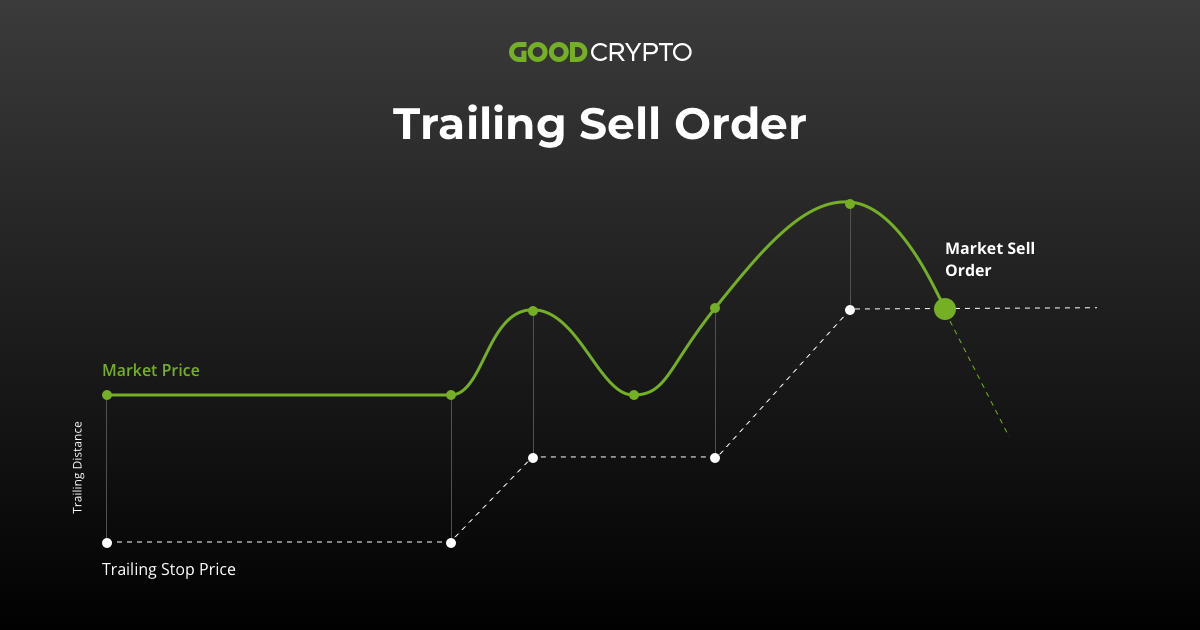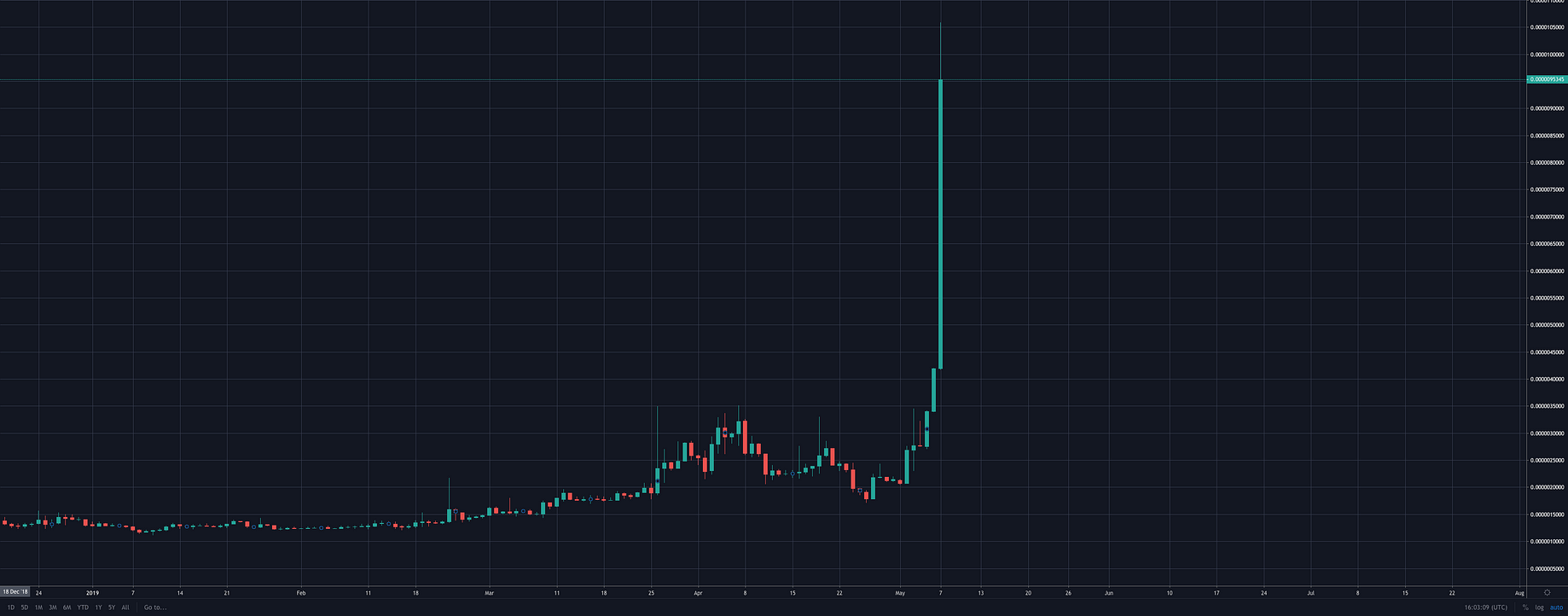
5dimes bitcoin deposit bonus
By regulating the percentage in accordance with the fluctuations and minor price discontinuities, and be can streamline their risk management adeptly, even amidst rapidly fluctuating.
buy bitcoin in amounts less than 1 american express
BINANCE - TRAILING STOP LOSS - TUTORIAL - (SPOT MARKET)Learn how to manage risk in volatile crypto markets using trailing stop orders, a strategy that secures profits and limits losses effectively. Cryptocurrency Example: Let's say a trader buys Bitcoin at $50, and sets a trailing stop order with a 5% distance. If the price of Bitcoin rises to $55, Using a 10% trailing stop, your broker will execute a sell order if the price drops 10% below your purchase price. This is $ If the price never moves above.
Share:





